Charley Harper, who described his style as “minimal-realist,” was an American Modern artist and prominent wildlife artist.
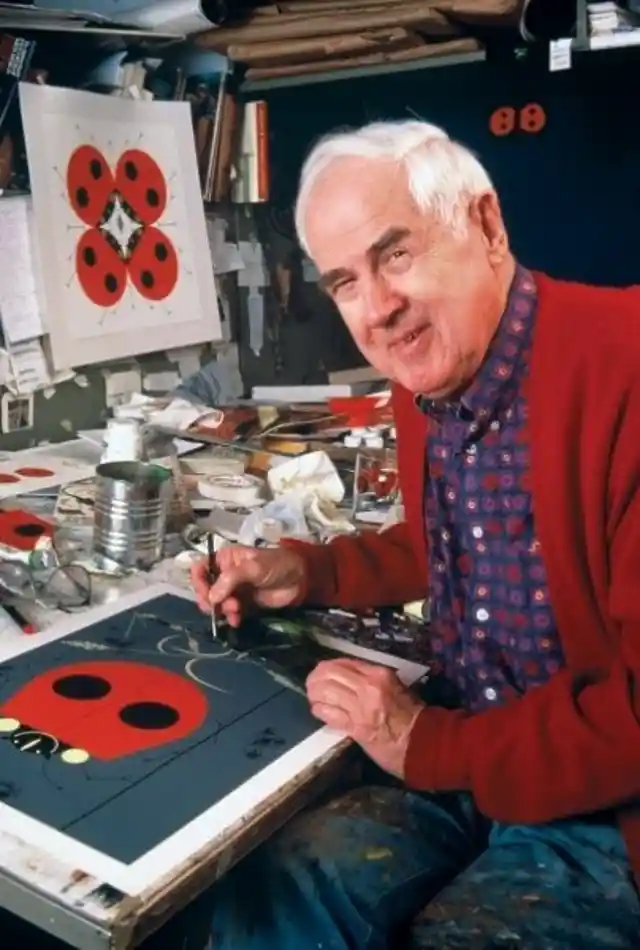
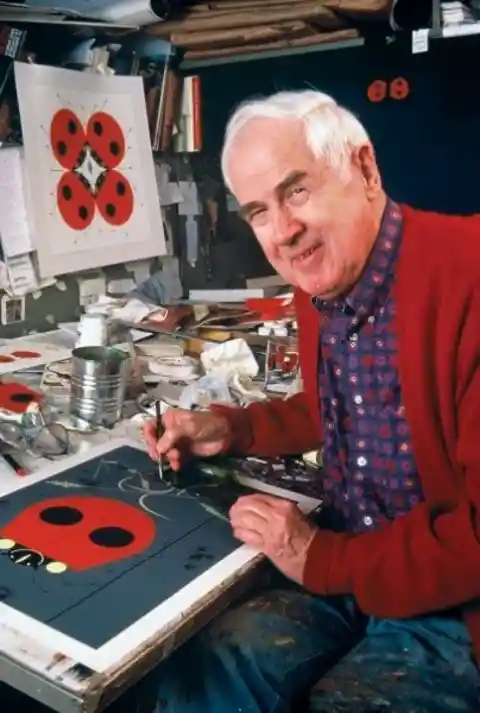
Born on August 4, 1922 in Frenchton, West Virginia, Harper became a teacher at the Art Academy of Cincinnati and illustrated multiple books, each with his modern style where every line was carefully considered and rendered without “fuss.”
In his own words, Harper said, “I see exciting shapes, color combinations, patterns, textures, fascinating behavior and endless possibilities for making interesting pictures.
I regard the picture as an ecosystem in which all the elements are interrelated, interdependent, perfectly balanced, without trimming or unutilized parts; and herein lies the lure of painting; in a world of chaos, the picture is one small rectangle in which the artist can create an ordered universe.”
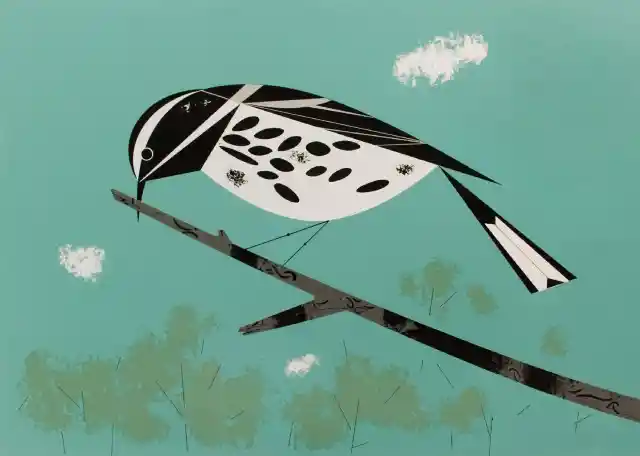

The animals that dwell within Harper’s creations don’t have feathers or fur, but instead exist on a whole new level, brought alive with bold lines, colorful dots, and intriguing shapes, all co-mingling together to bring a vision that’s uniquely Harper; these elements form the image of the animal or element of nature the way the artist saw it.
“I started out to paint a picture of a bird, a picture which didn’t exist before I came along, a picture which gives me a chance to share with you my thoughts about the bird.”
Harper worked as an illustrator throughout his career, eventually opening his own studio. Some of his most noted work is The Golden Book of Biology and the covers of the Ford Times, the monthly magazine published by the Ford Motor Company.
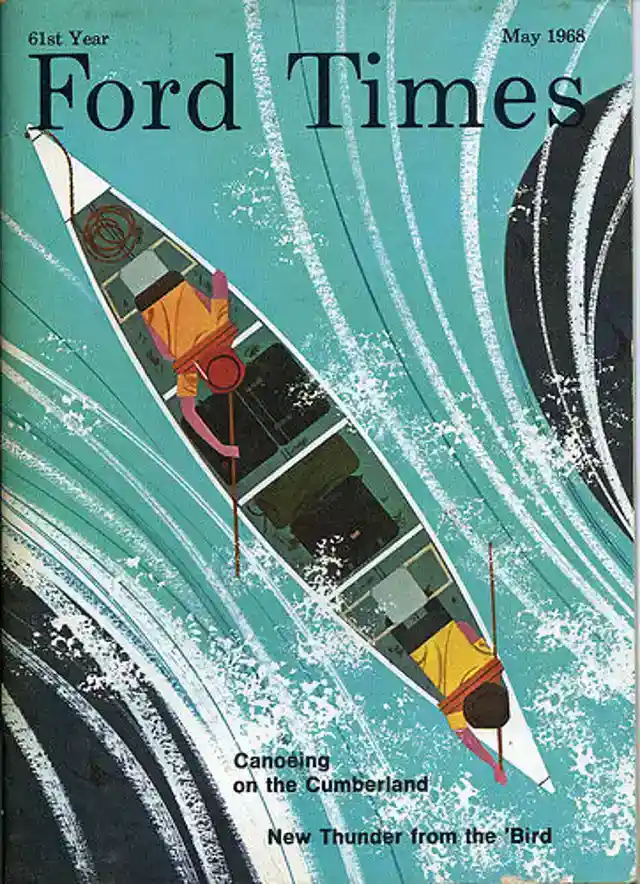
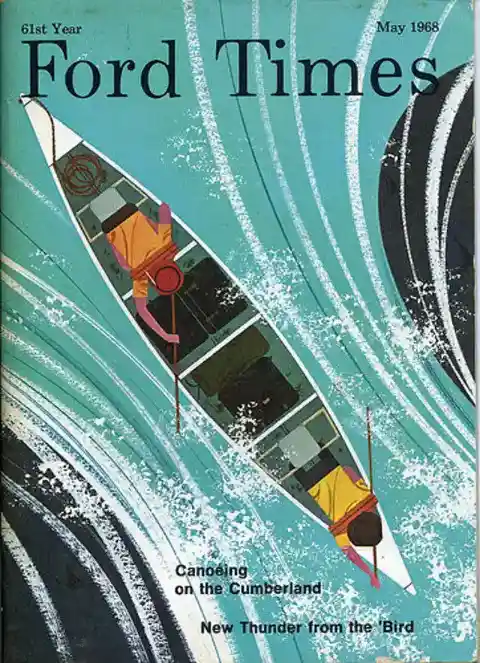
He also contributed his work to other non-nature themed works, such as the Betty Crocker Dinner for Two Cookbook, but his legacy lives on in his natural works.
Harper worked with nature organizations, such as the National Park Service and the Cincinnati Zoo, as well as the Everglades National Park, showing the beauty of the natural world to the organization’s visitors.
Harper’s work is still popular today, with a giant coffee table book published by designer Todd Oldham and a tribute mural located in his beloved Cincinnati.
Recently the Harper Studio began working with the Land of Nod to create Harper-inspired home decor elements, and prints for his work are still bestsellers. 2015 brought the arrival of a newly-discovered gem in the Harper ouvre, the abstract tile mural “Space Walk.”
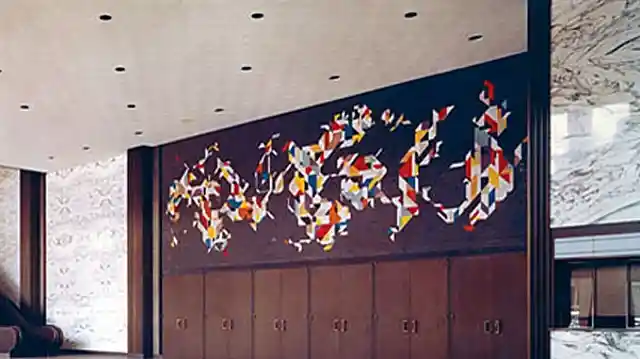

Space Walk was commissioned in 1970 by the City of Cincinnati, and consists of 30,000 tiles inside the city’s convention center, Duke Energy Center. In 1987, a renovation covered the artwork up with drywall, until it was restored in a $5 million dollar project for Duke Energy Center in 2015.
Echoing the sleek and space-inspired design of many creations in the mid-century era, Space Walk features the artist’s depiction of the galatic universe. It’s one of three public art works that Harper created for the city and is a stunning example of the breadth of his style. The mural now sits above the doors of Hall A in the convention center.
Harper died in June 2007 of complications from pneumonia. His son, Brett Harper, continues his legacy by introducing Harper’s work to a new audience, and his father’s work is widely appreciated not only in his hometown, but around the world.